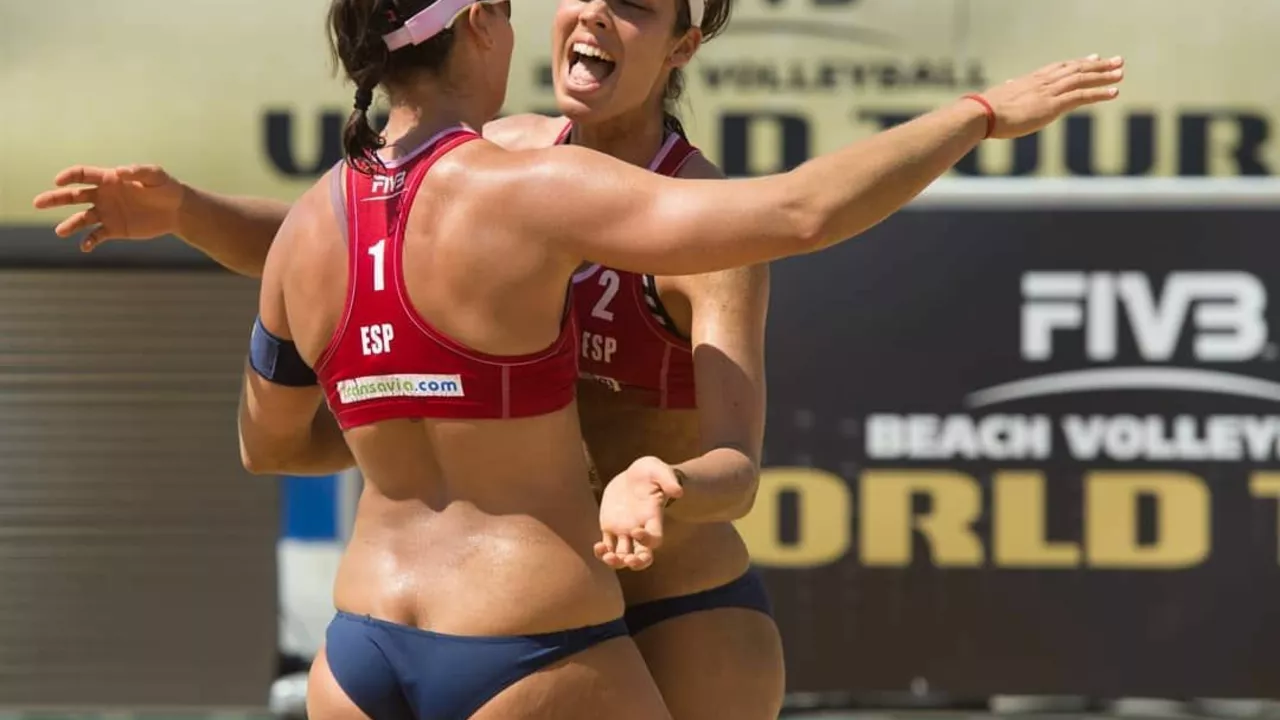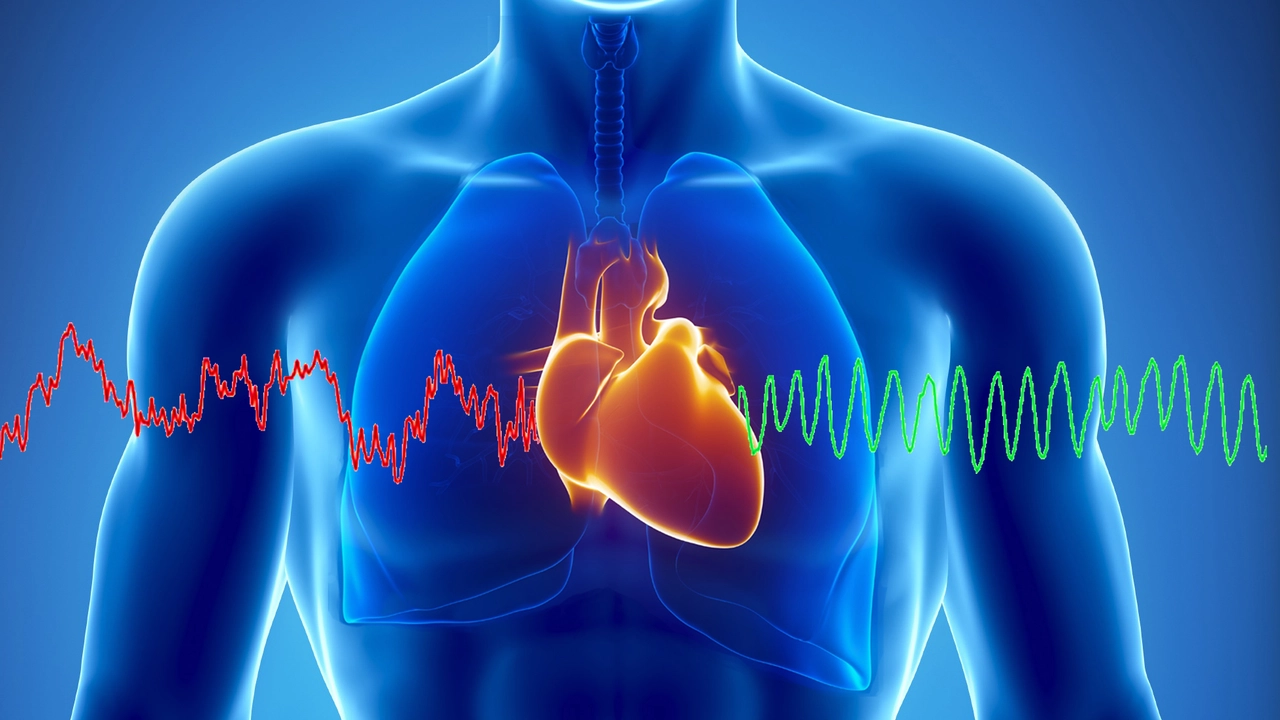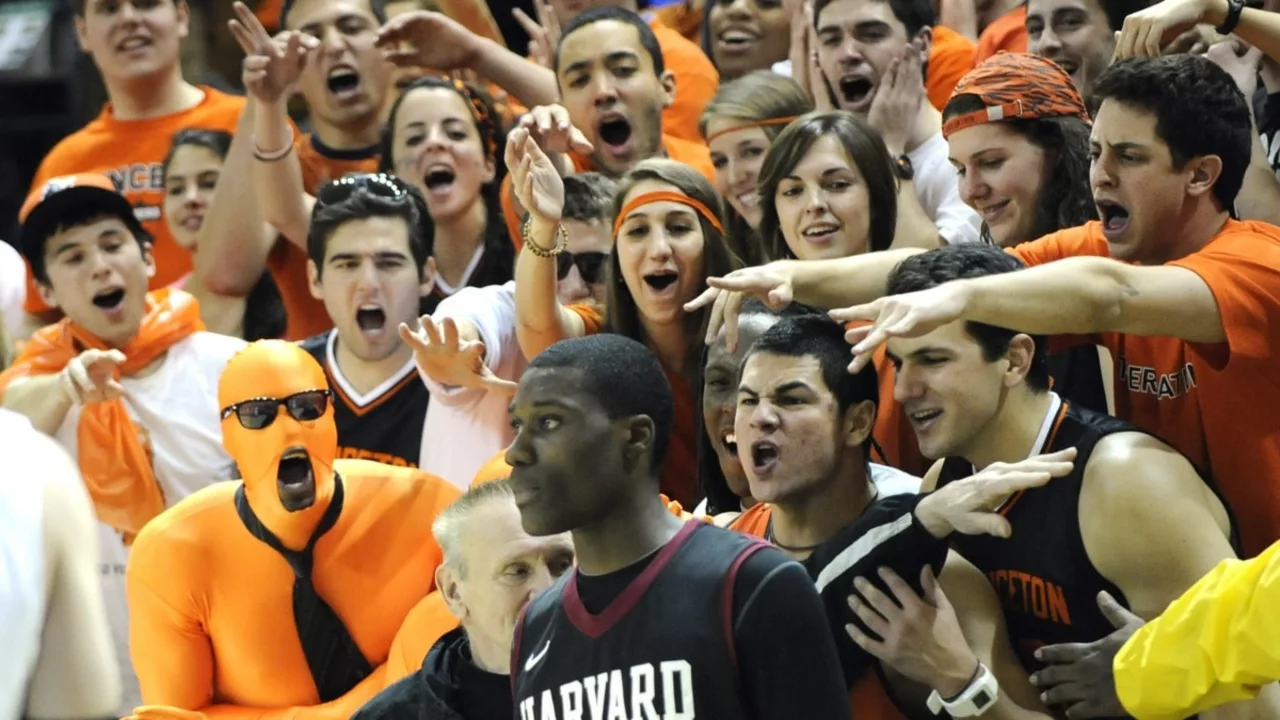Hi there, it's your go-to guy here for everything about sports. Today, I'm sharing some insight into sports that are designed exclusively for girls. Yep, you heard right! There are indeed sports which are meant only for girls. These sports are not just about competitiveness, but also about empowerment, sisterhood and breaking stereotypes. So, if you're as curious as I was, keep reading to dive deeper into the world of girls-only sports!
August 2023 Highlights: Girls‑Only Sports and the Truth About Chest Impacts
Two posts blew up our feed this month, and both are worth a closer look. First, we explored the idea of sports that are designed exclusively for girls – a niche you rarely hear about. Then we tackled a question that keeps popping up on forums: can a hit to the chest really stop the heart? Let’s break down what we learned, point by point.
Girls‑Only Sports: Breaking Stereotypes
When we say "girls‑only sports" we don’t mean banned men or secret leagues. We’re talking about activities where the rules, equipment, or culture are built around female participants. Think of netball in many Commonwealth countries – it’s a game that evolved from basketball but stayed women‑centric for decades. Another example is cheerleading, which blends athleticism, rhythm, and teamwork, and often runs separate competitive divisions for girls.
Why do these sports exist? Historically, schools and clubs created separate programs to give girls a safe space to play without the intimidation of male‑dominant teams. Over time, those spaces turned into platforms for empowerment. Female athletes find role models, build confidence, and push the envelope of what’s possible on the field.
In the article we also highlighted newer movements, like women’s rugby leagues that start as girls‑only to grow into mixed or open categories as skill levels rise. The key takeaway? Girls‑only sports aren’t about exclusion; they’re about creating opportunities, fostering sisterhood, and challenging the notion that certain games belong only to men.
Chest Strikes: Can They Stop the Heart?
The fear that a solid hit to the chest could halt the heart is common in movies and locker‑room talk. The reality is a bit more nuanced. A direct, forceful impact to the sternum can cause a condition called commotio cordis, where the heart’s electrical rhythm gets interrupted. This is rare, but it does happen most often in youth baseball when a fast ball hits the chest at a precise moment in the cardiac cycle.
Most chest blows, even those that knock the wind out of you, won’t stop the heart. The body’s ribcage protects the organ, and the heart’s muscles are built to keep beating under stress. However, severe trauma – like a high‑speed car accident or a hard strike with a blunt object – can damage the heart muscle, lead to internal bleeding, or cause a collapsed lung, all of which threaten life.
What can you do to stay safe? Wear proper protective gear in contact sports, learn how to recognize signs of cardiac distress (pain, faintness, irregular heartbeat), and get immediate medical help if a hard chest impact occurs. Knowing the difference between a scary myth and a real medical emergency can save lives.
Both posts sparked lively discussions in our community. Readers shared personal stories of joining girls‑only teams and thanked us for debunking the chest‑strike myth. If you missed the original articles, scroll up for the full reads, or bookmark this archive page to revisit the key points whenever you need a quick refresher.
That’s the August roundup: empowering female‑focused sports and a clear look at heart safety after chest impacts. Stay curious, stay safe, and keep the conversation going.
Can a strike to the chest stop the heart?
Hi guys, in today's post we're addressing a topic that has been on my mind for a while - can a strike to the chest actually stop the heart? We'll dig into the science behind the heart's functionality, explore what kind of impact could possibly disrupt it, and discuss ways to ensure heart health even in physically demanding situations. Remember, understanding our bodies is a key step towards keeping them safe. Stick around for an enlightening discussion!
What sports do Ivy League schools play?
Alright, sports fans, let's dive right into what those brainiacs over at the Ivy League schools are up to when they're not buried in books! Turns out, they're pretty keen on sports too, and not just chess! They're playing every sport under the sun, from football to fencing. Yep, you heard it right, even lacrosse and rowing are on the menu! So, just remember, those Ivy Leaguers aren't just whizzing through calculus problems, they're also shooting hoops and scoring touchdowns!




